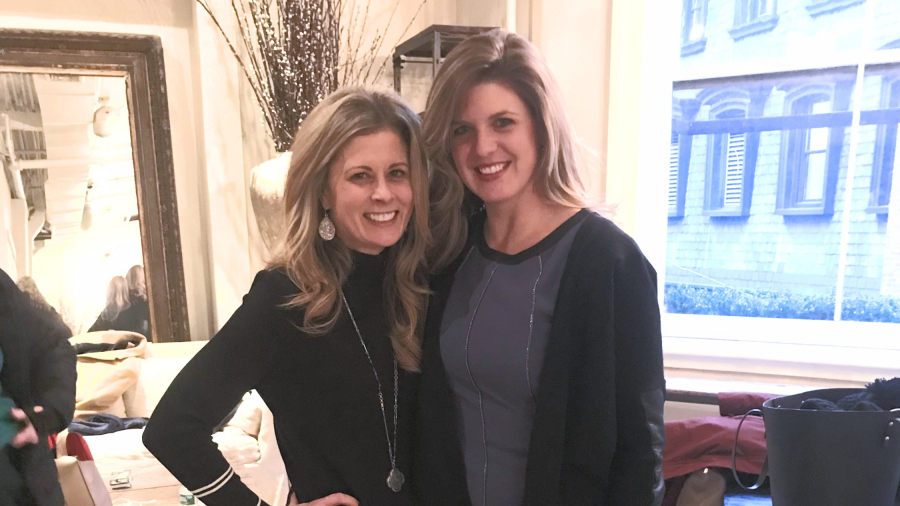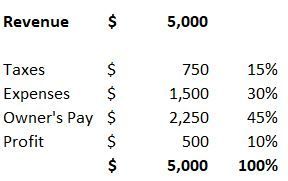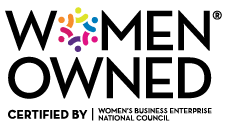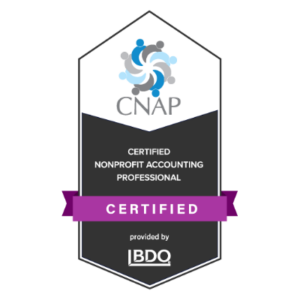In the past four years, I’ve built a business from absolutely nothing to serving dozens of clients around the globe every month and creating a sustainable lifestyle and income for my growing family.
It hasn’t always been easy and I haven’t done it alone. As a Type A, Enneagram 3 (“The Achiever”) it’s hard for me to ask for or accept any type of help. I’m fiercely independent and my natural instinct is to go it alone (true story: I asked multiple college professors to do group projects by myself, citing a myriad of reasons but mostly just preferring to work alone).
When my daughter was a newborn, I hated accepting meals from family and friends (like, I can’t handle feeding myself?) but learned that I needed the help and couldn’t have been more grateful to have hot, homemade meals available when I was so exhausted. I felt weird about hiring a biweekly cleaning service for my home because I physically CAN clean my own house, but the relief I felt at not seeing my dog’s hair tumbleweed-ing across my kitchen floor every day and not spending my precious limited hours doing it myself are invaluable.
I cannot run a balanced life or business alone.
But the absolute biggest game-changer for me has been hiring a coach.

Four years ago, I had never built a business before and had absolutely no clue what I was doing. I wanted someone to help me get on the fast track – to have a full client roster and a full pipeline at all times. My coach has provided practical, strategic advice on business stuff and has helped me get past mental roadblocks too.
Our relationship has been so much more than a one-and-done course or conference where I forget everything once I get back to real life.
Coaching has provided…
A community. A coach becomes a tribe to reach out to, no matter how challenging my day, and seek advice, support, or encouragement. She’s been there and done that in a way that my team hasn’t. I’ve been given the confidence and clarity to make the toughest and most important decisions for my business and life with this tribe behind me. My coach has built an intentional network for herself and has generously shared not only her skills but her contacts to help my own business grow. Community over competition.

Accountability. It’s so easy to toss ideas around in our heads while driving to the office or chatting with our spouse, then let the ideas disappear into the ether. My coach has helped me turn those ideas into reality. For example, I’d thought for months about adding to my team but my Type A, control freak nature held me back. Once I told my coach about this idea, she provided the push I needed to make it happen. And she was right there for the virtual high-fives when I reported back that my team had tripled.
Fresh perspective. My coach gave me the permission and ability to think bigger. Left to our own devices, we are all inclined to play small. We move slower than we could and think we can’t do as much as we truly can. Now, I’m not advocating for pushing yourself beyond your natural limits or breaking yourself in the process, but when I envisioned my business model looking the exact same in five years from now, I knew I was playing small. When I think about the value of my coaching investment, I used to try and come up with a dollar amount ROI. I took the amount of money I spent and then think about the value I received. Well, I got a couple clients so that’s X amount, and I was able to launch a course which will make Y amount, so I guess it was a good deal.

But I realized that my coach has given me something so, so, so invaluable.
I now have the confidence and skill to think bigger than I ever have, and I’m pretty sure you can’t place a price tag on that.
- Are you on the list? In our next email, I’m diving headfirst into the super awesome thing I’m launching starting early August 2019! You REALLY don’t want to miss this.
- Can’t wait until the next email? Find out more here!































